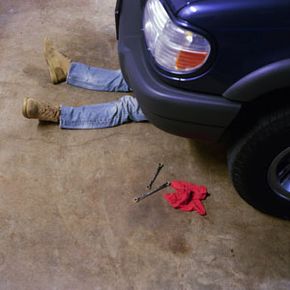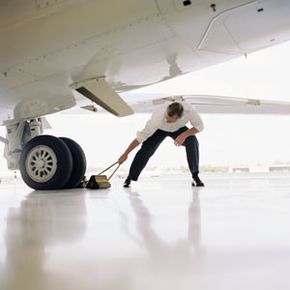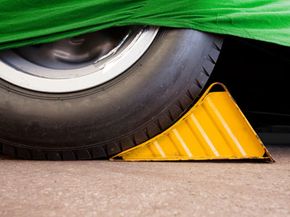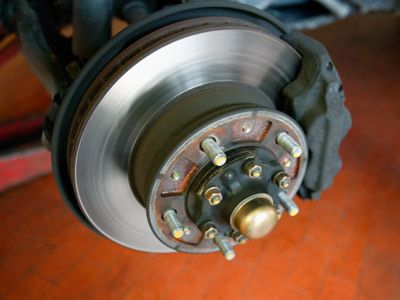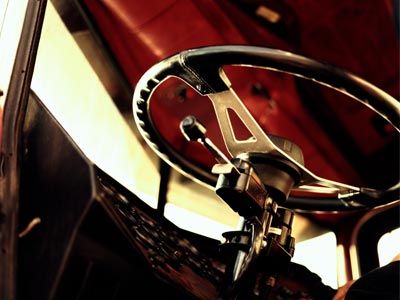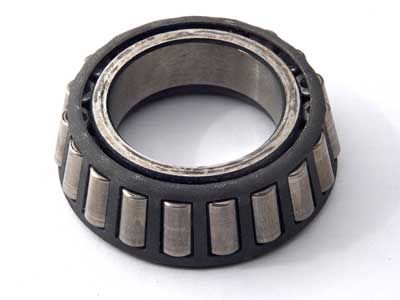You know those little wedges you can use to keep your car's tire from rolling? They're called wheel chocks, and they could save your life. Wheel chocks are definitely one of those precautionary measures that never capture the limelight; you only realize you need them when they're not there and your car rolls away.
Wheel chocks may seem like pretty boring stuff, but they actually represent a major foundation of physical science. They're technically wedges or ramps, which are both different names for the inclined plane. There are all sorts of things an inclined plane can be used for (such as a bike ramp or an axe), but for our purposes, we'll look at how an inclined plane serves as a wheel chock.
Advertisement
Basically, all a wheel chock does is prevent a wheel from doing what it does best -- rolling. The physical phenomenon of friction (created by the constant exertion of gravity on everything on the planet), keeps the bottom of any wheel pressed firmly against the ground. What a wheel chock does is provide a ramp that the wheel must go up if it wants to continue revolving.
Thanks to our friend gravity, a wheel on an inclined plane will always try to roll to the bottom of that plane (say a gentle hill along your street). A wheel chock provides an opposite angle the sought by a wheel by countering the slope of your street. Voila! Your car's tires can rest easy knowing they've done all they need to do -- find equilibrium.
轮挡轮也提供了一个挑战。If there's anything a wheel naturally doesn't want to do, it's go uphill. A wheel chock presents this uphill challenge, and it doesn't matter if the hill presented is two inches or two yards, it's going to serve as a barrier and keep your wheel in place.
OK, so now you know more than you ever thought you would about wheel chocks. Read the next page to find out how to select the right ones for you.
Advertisement
